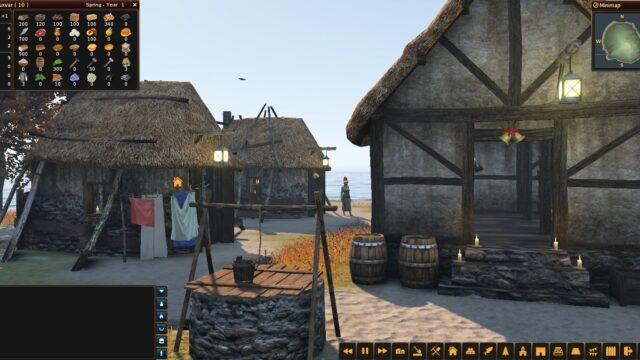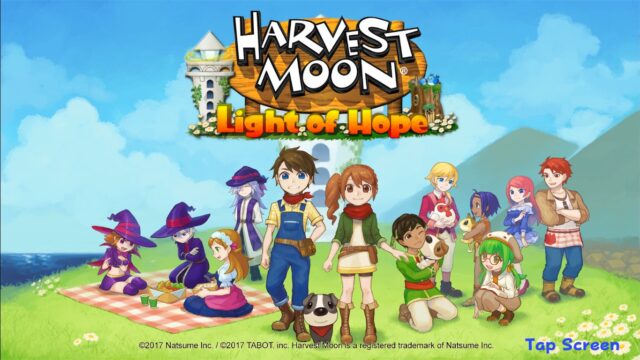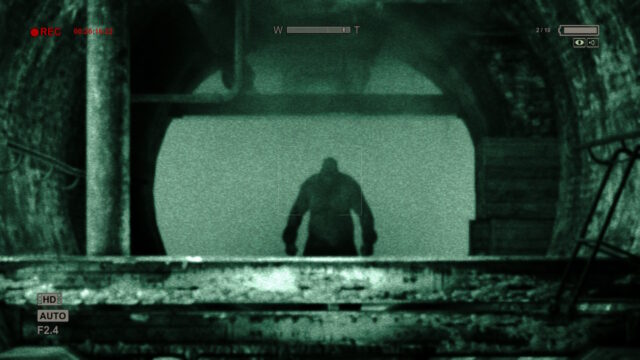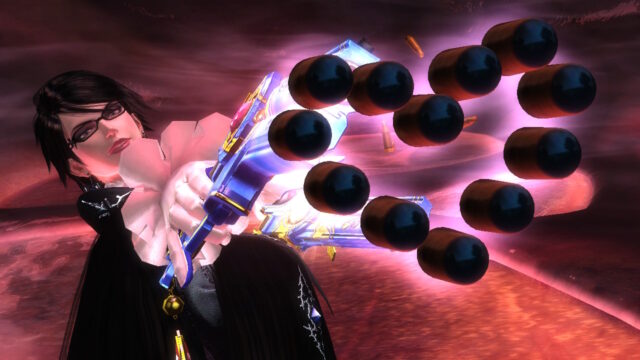Demons and Demons. And Demons. DOOM Review
As it turned out over the past week, evaluating DOOM based on streams, even official ones, is a thankless task. After watching a couple of hours of gameplay videos with a smart look, we were completely unimpressed and left alone with a reasonable question: why do people on the screen have fun, but we don’t?! Perhaps only a sense of cosmic injustice prompted us to personally try out what everyone is so excited about. Well, and also the need to distract ourselves from the agonizing wait for the release of Overwatch, but more on that later…
And now – Hell, meat, blood, guts, blood and meat, shotguns, torn demons, unrestrained aggression, and many other subtle matters that, it turns out, are hard to grasp from the outside but easy to feel through personal acquaintance.
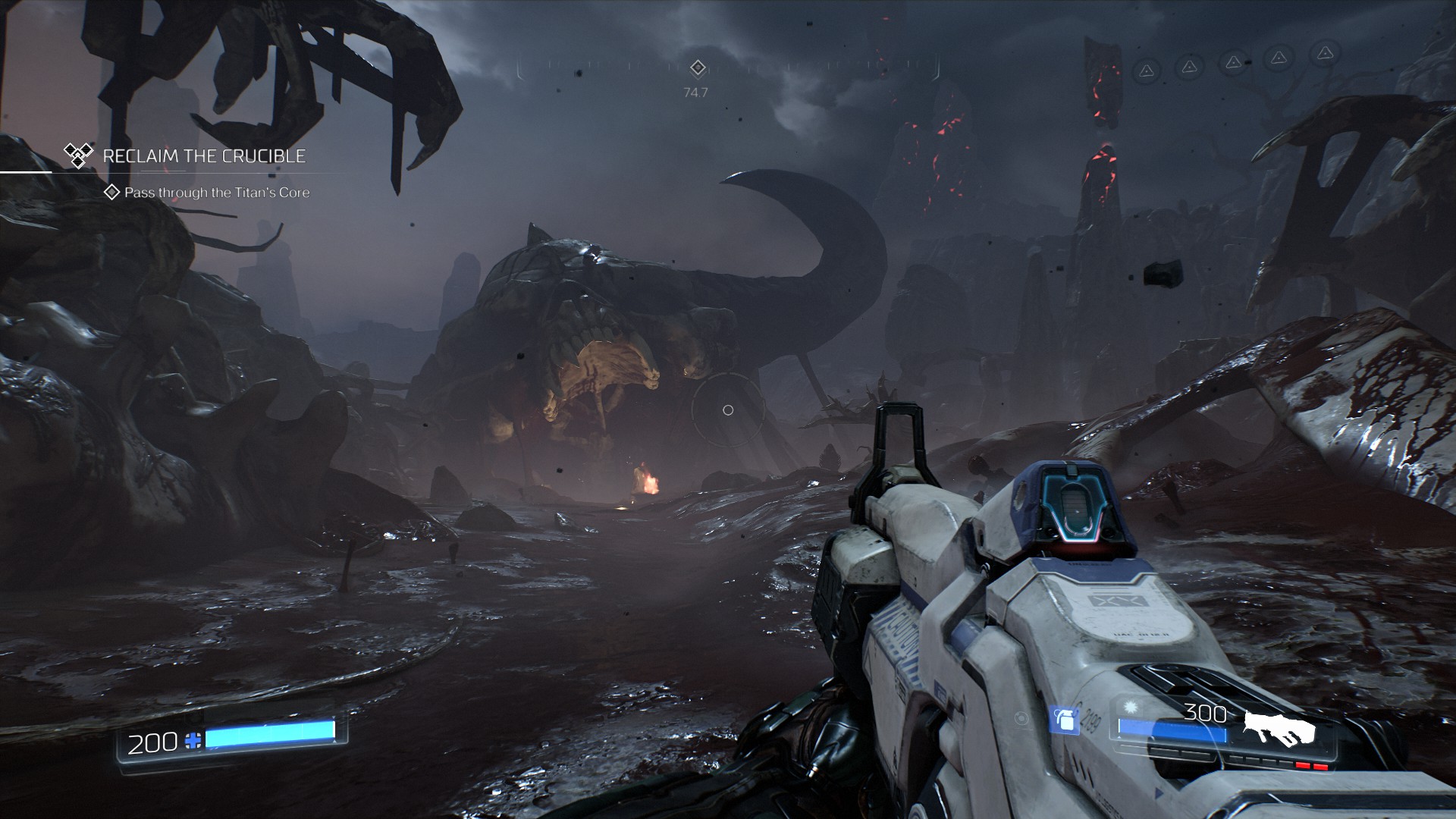
There really are no complaints about the mechanics: it is juicy, captivating, and well-balanced. The weapons, despite their worn appearance, feel the best in the world and bring some unhealthy satisfaction with each shot: the machine gun convincingly stuffs enemy bodies with lead, grenades tear through crowds, the shotgun crushes heads with such a roar that you can literally feel its recoil – the overall message is clear, killing (demons!) is cool. The tactile aspect has recently become a problem for shooters that have delved into futurism and bland blasters, so it is doubly pleasing to see how DOOM combines fantasy with immersive and responsive action.
Moreover, you want and are able to use the entire arsenal to its fullest. Not a single item from the bottomless collection falls into the reserve category, and even after finding some plasma gun, you still switch back to your favorite shotgun not because you ran out of ammo on the more powerful weapon, but because it remains relevant until the very end.
The shooting here is especially interesting when combined with smooth and easy movement. Running and jumping unexpectedly lack the console stiffness and provide the long-forgotten pleasure of full control. However, with the default settings, there is some stickiness in aiming, as if the game is trying to emulate gamepad sticks. The blame for this lies with the built-in mouse movement smoothing – something that is not provided for by the developers for some reason. Fortunately, users have already found launch parameters that allow you to get rid of the “jelly-like” filters.
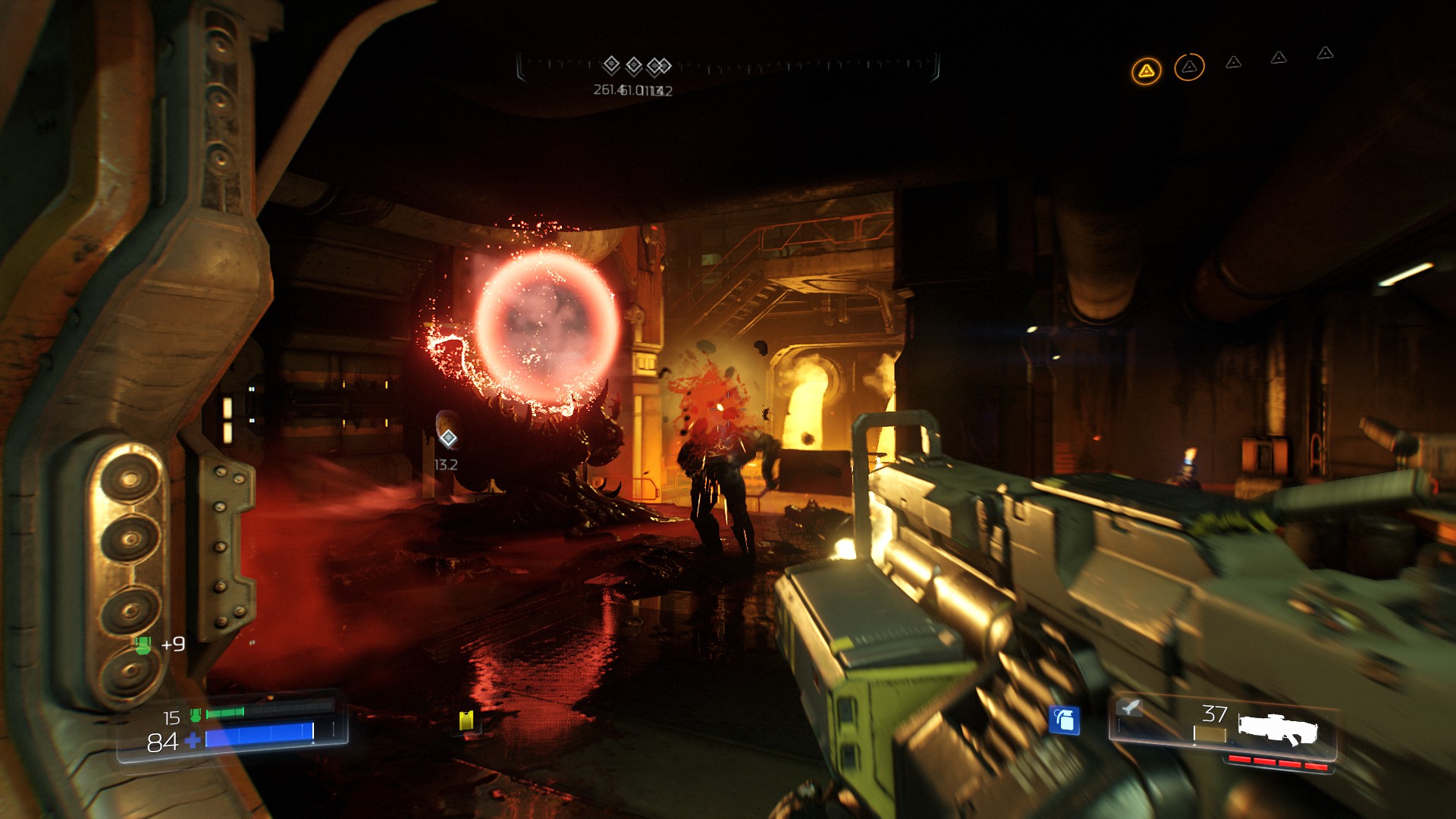
In addition to shooting from all barrels, an important role here is played by the finishing system. As the enemy reaches their last moments, they usually start glowing and swaying dramatically – this means that by pressing a certain button, you can break their jaw, snap their neck, crush their skull, tear off a limb, or, if the structure allows, shove their own horns into an improvised rear end. Whichever method you choose, the reward is a fountain of small medkits – consider it a classic answer to health regeneration, without which few games can do nowadays.
Such cruel foolishness works perfectly as a full-fledged gameplay element, maintaining the pace of the battle at the proper level and giving it a sophisticated tactical flavor. Running away from enemies becomes disadvantageous – you have to risk being close and accurately understand when it’s worth closing the distance for a healing “fatality”. At times, however, this gimmick seems overly forced: some clashes simply do not provide any other way to heal and create dead-end situations where you won’t survive without hand-to-hand combat, but there is no point in seeking cover.

They probably borrowed the idea of classic levels from Blazhkovych, but implemented it more modestly.
When talking about the components of success, one cannot fail to mention the luxurious soundtrack – that’s where the spirit of “Doom”, which has become even more unrestrained and energetic over the years, is truly reflected. In combination with fierce riffs, the gameplay starts to resemble a brutal and high-budget version. Superhot, in which you involuntarily adjust your actions to the rhythmic “j-j-j” and perform a bunch of unnecessary tricks for an impressive and stylish shot. For example, you open the weapon selection wheel to slow down time during a lull, so that synchronized with the musical explosion, you fall on the revenant and chop it to pieces. He screams, the hero screams, the chainsaw screams – and you scream too, because you can’t imagine anything cooler at that moment. There is some hypnotic effect to virtual genocide.
And then, when you get used to the ubiquitous madness, the level of fun gradually decreases to a critical point. To the point where you involuntarily catch yourself thinking that besides all these “j-j-j” and meaty shreds on the walls, nothing has been happening for a long time.
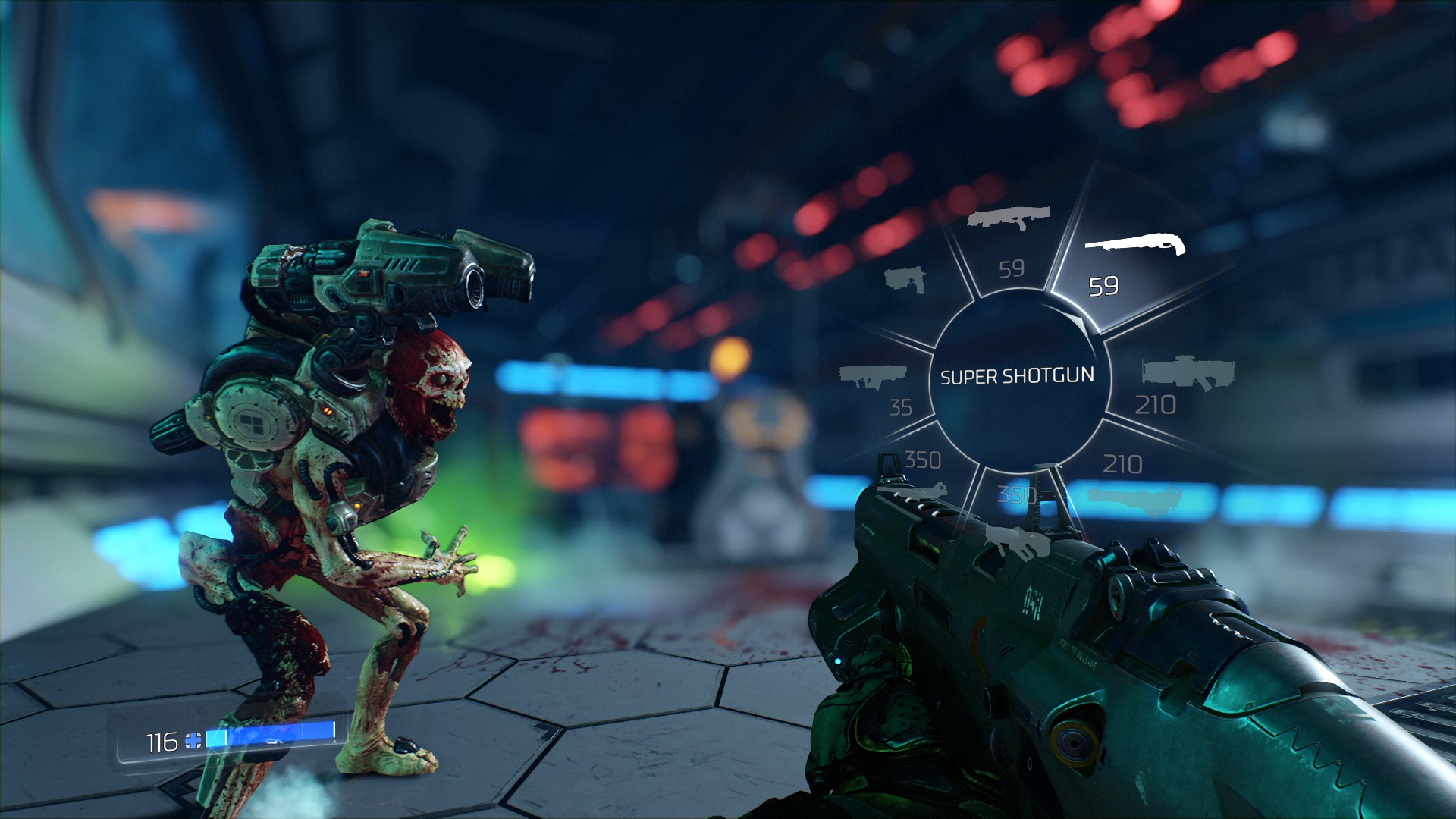
A colleague helps to choose the means of his killing.
The thing is, DOOM has an extremely questionable structure for today’s standards. The game consists entirely of a series of arenas of varying spaciousness, where you are only required to survive waves of demons. In between them are only semi-empty corridors with short secret passages and a few annoying platforming elements. Jumped around – found a trigger for enemy spawn. Killed them all – well done. Can you repeat the same thing in the next zone?
It wouldn’t be so noticeable if it weren’t for the minimum unique situations and the terrible use of the environment to create them. For example, when after a juicy slaughter you jump onto a moving train, common sense (or an excited mind) suggests that something is about to happen. Maybe a deadly shootout on the move – with imps hanging on the sides, jumping over wagons, and crushed carcasses of cacodemons on the rails? Wow, hold on! But no, the train boringly takes you to another static complex, where the game starts all over again. Understandable. Thanks for the missed opportunity.
And it’s like that every time. There are levels with lava, chasms, and moving mechanisms – but all of this remains separate from what is happening. The ambiance constantly changes, but the impressions remain the same, and as a result, the difference between the interiors of Martian scientific complexes and hellish decorations is not so striking.
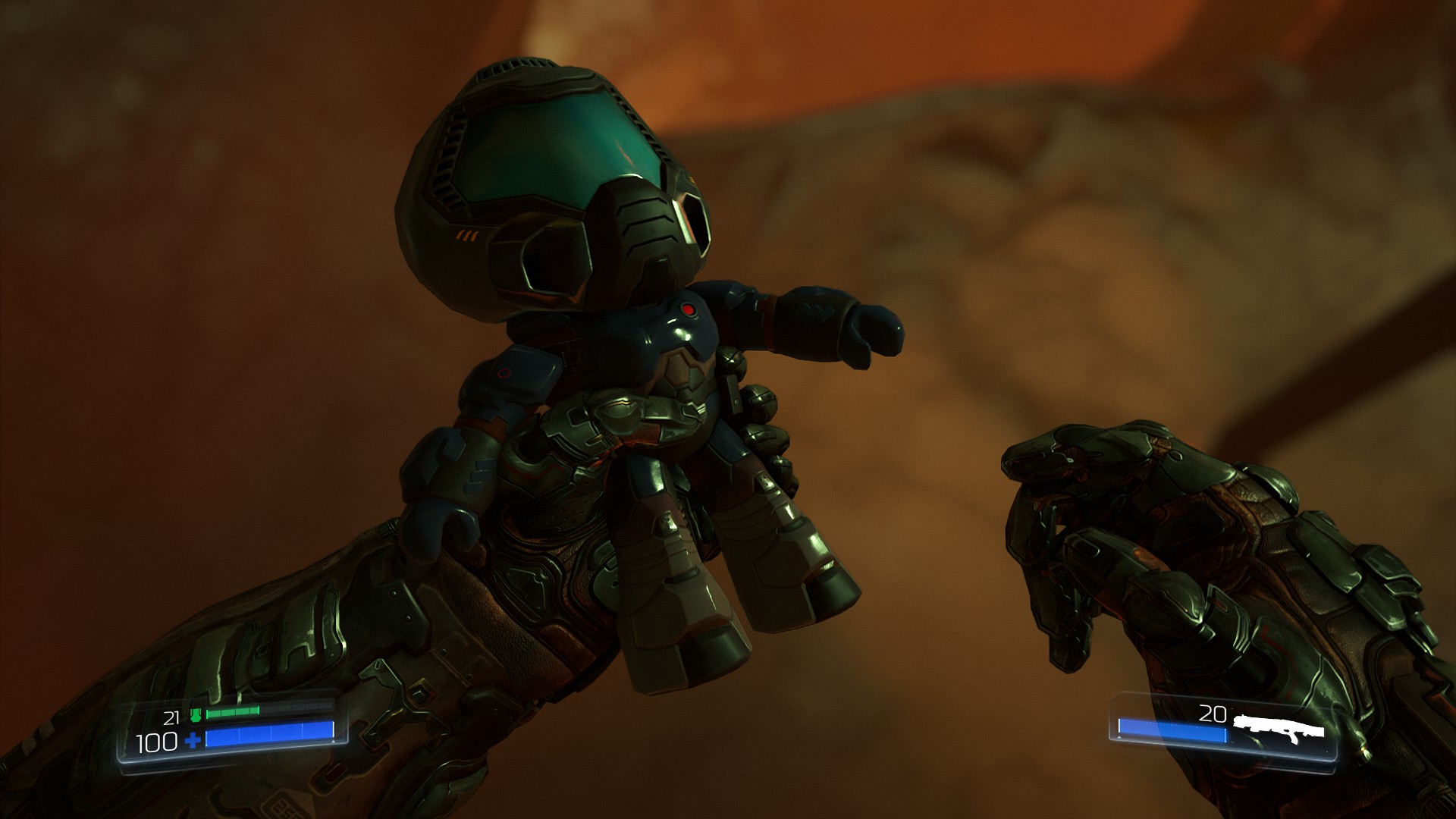
One thought is good, but many is not so great.
To be honest, the DOOM multiplayer deserves the least attention. It was already clear from the beta test that this pointless offshoot of the main game would struggle to interest the experienced audience of online shooters, and nothing has changed with the release. It plays like a mishmash of Halo, Call of Duty, Quake Live, and Unreal Tournament – with obvious problems on all fronts. After the fast-paced single-player, the matches feel unbearably slow, limited, and empty regardless of the mode. Customization initially attracts, but quickly repels with the dullness of unlockable elements. Even the weapons suddenly lose their deadly power because other players no longer disintegrate into pieces after the first rocket barrage, like hordes of fragile demons.
A cooperative campaign would have been much more appropriate here, by God.
On the one hand, it seems that no one wanted anything other than DOOM. The younger generation curiously embraces the classics, while older players eagerly blow the dust off their controllers in honor of the idol’s return. Excellent mechanics that fit perfectly into the arena reality, intense pace, hordes of aggressive creatures, and the most ruthless fantasies of the masculine mind – it’s all here, and nothing else is needed. “Doom” has always been about bloodshed, right?
On the other hand, Wolfenstein: The New Order has been on the shelves for several years now – a project that has transformed the legend of a similar scale into a much more modern and captivating form. No matter what we say there. She has excellent gameplay mechanics, a decent storyline, and most importantly, beautiful design, thanks to which the primitive shooter turned out to be diverse and memorable. Each episode has its own rules and represents a special value in the overall picture, rather than simply adding more action to the previous stages – that’s why there is more than enough range of emotions even for replaying. The reason to come back is not only the well-implemented shooting, but also the entire game as a whole.
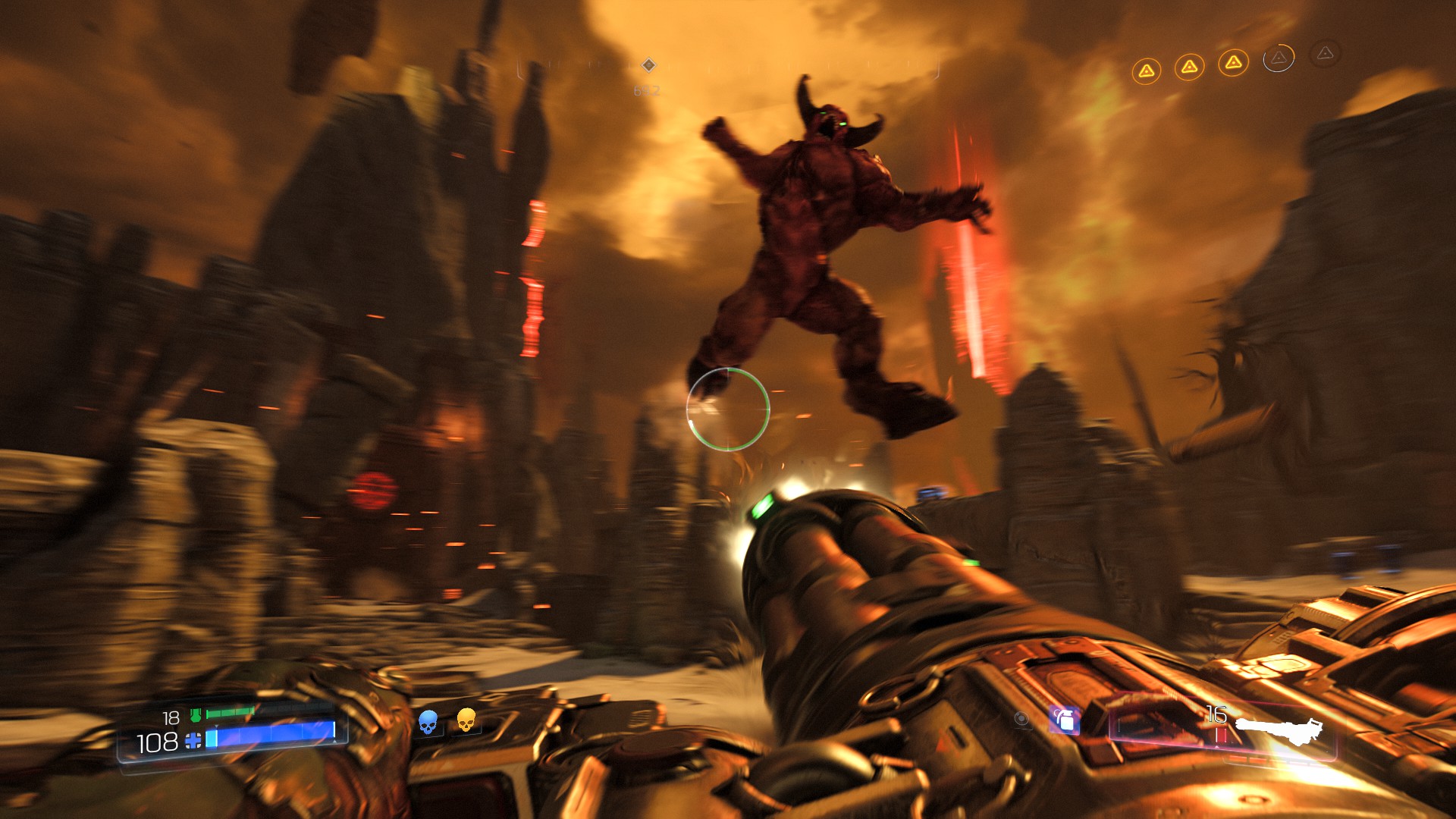
DOOM against this background looks excessively monotonous experience, in which there is nothing to hook onto. If you suddenly feel the urge to tear apart a dozen demons again, you are unlikely to search for your favorite level in the list – most likely, you will choose one of the final chapters, where all the weapons are available and there are enough targets to have fun, because they don’t know how to heat up the interest with anything else here. They don’t do it like this anymore, and unfortunately, it’s far from a compliment. Perhaps id Software should also think about some kind of setting?
Nevertheless, it must be acknowledged that the game tries its best to dilute the old-fashioned tediousness with trendy ideas, and it almost succeeds. The protagonist here is loaded with a huge number of upgrades – everything, from simple durability to additional weapon modules, can be upgraded, expanded, and perfected. The improvements, for the most part, are nothing special, but the targeted expansions of combat tools refresh the tiresome conditions in time and slightly encourage additional exploration of not very colorful locations for bonus points.

For the particularly curious, the passage of levels is accompanied by several types of challenges. Some are carried out throughout the entire chapter and most often represent boredom like “Bet you can’t kill 15 monsters with one jump shot?” and become annoying very quickly. Others are special trial arenas with unusual conditions and restrictions. In the grand scheme of things, they are not that great of a pastime, but they provide about half an hour of entertainment.
However, the meager bestiary, which is exhausted long before the end of the campaign, is compensated by not very impressive boss battles. The latter are presented with proper scope and reverence towards the classics, but for some reason, they have two phases (hello, Dark Souls?), which are weakly distinguishable from each other and last longer than they should. Compared to the likes of The New Order, the local boss arenas are a banal circus of endless evasions and holding down the left button. Fortunately, there aren’t that many major villains, and they are relatively easy to defeat.

In terms of performance, DOOM is definitely pleasing: the long-suffering id Tech has finally managed to provide a beautiful and stable image. The new version of the engine boasts decent performance on average systems by today’s standards and has significantly reduced texture loading issues, so there is unlikely to be any worry about the frame rate dropping to unacceptable levels during intense battles.
However, there is one giant problem – the security system. You see, it really doesn’t like it when modified code is detected in the game files, and even the slightest external influence will label the current profile as “cheating”, depriving it of access to online functions. It wouldn’t be so bad if random factors like crashes and power outages weren’t also considered fraudulent, as many users have already experienced. The responsive folks at Bethesda don’t make the situation any easier: the only official way to redeem oneself is to completely delete the saved files. Are you not opposed to making up your five hours of progress again? Well, we are somehow against it – so we didn’t receive a single achievement throughout the game.

It’s nice, of course, to see how familiar sprites from silly years gain impeccable volume, but that’s not enough to make the game interesting in the long run. Shooting with a charge of first-class brutal action, DOOM predictably fades away in the end and leaves behind a mixed residue of primitive happiness and slight sadness. It could have been much better.
Share
Discuss
More Reviews


